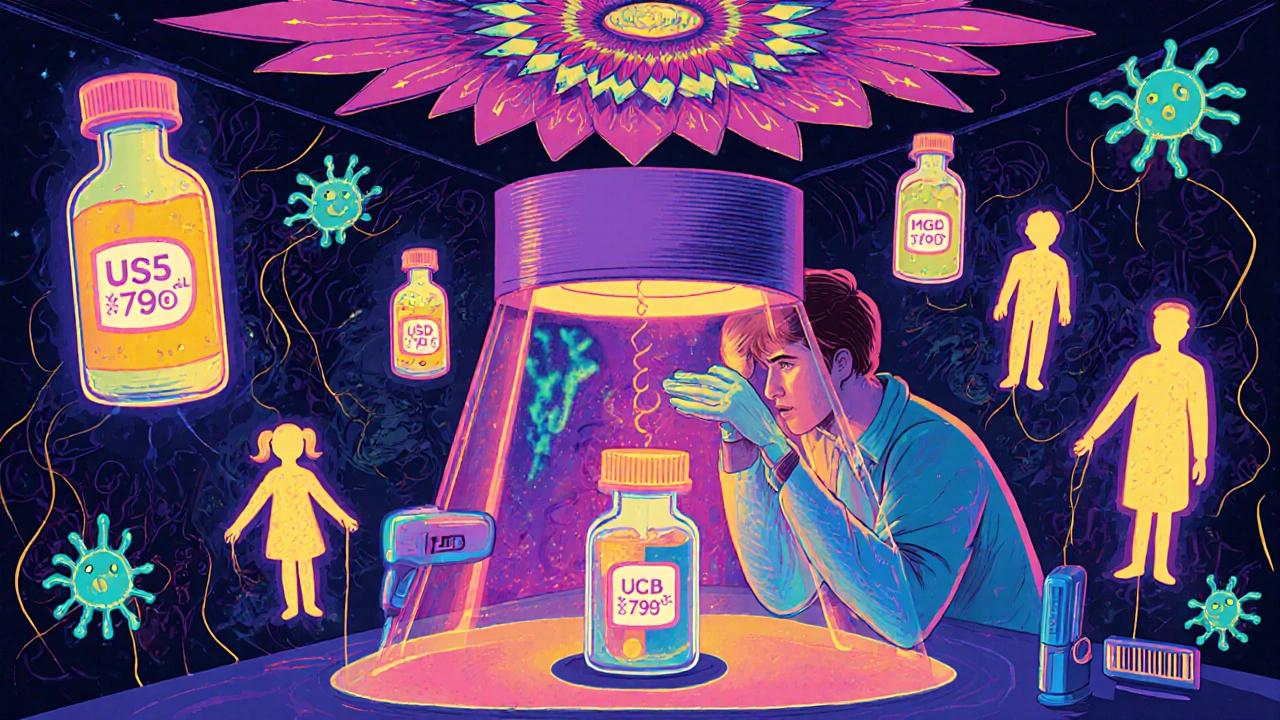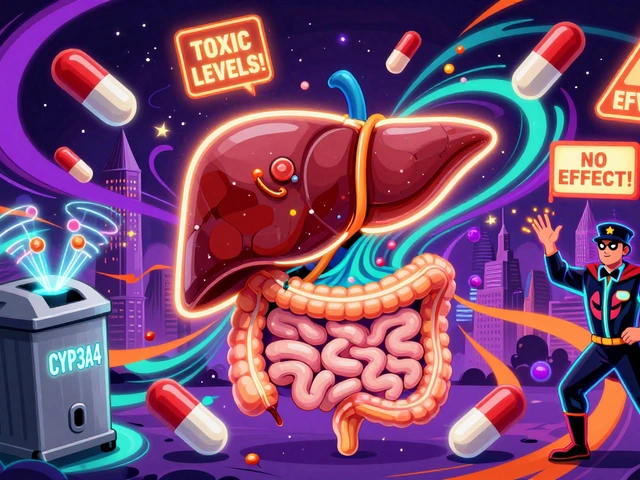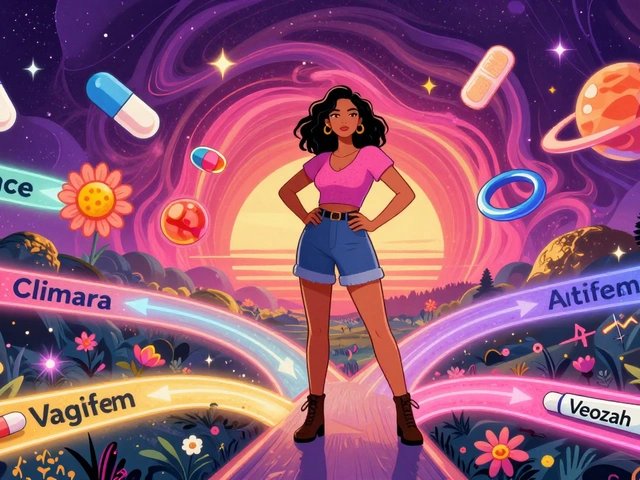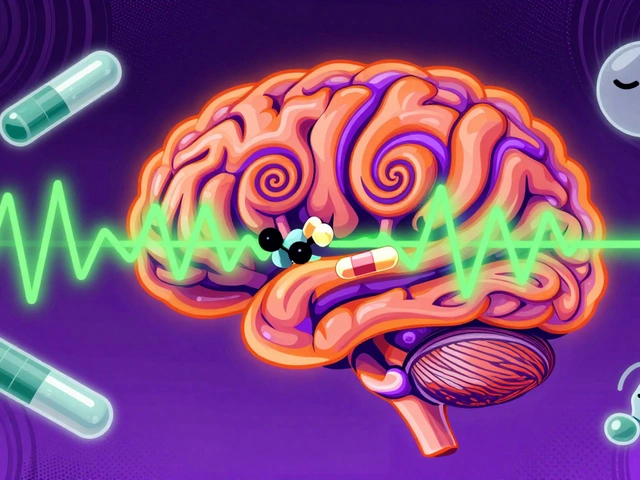Compounding Errors: What They Are, Why They Happen, and How to Avoid Them
When a pharmacist mixes a custom medication — like a liquid version of a pill or a cream without a certain ingredient — it’s called compounding, the process of preparing customized medications to meet a patient’s specific needs. Also known as custom pharmacy preparation, it’s a vital service for people who can’t swallow pills, need dye-free formulas, or require unusual dosages. But when this process goes wrong, the results can be dangerous — even deadly. Compounding errors, mistakes made during the mixing, measuring, or labeling of personalized drugs are more common than most people realize, and they’re not always caught before the patient takes them.
These errors don’t just happen because someone’s careless. They come from a mix of factors: poor training, outdated equipment, lack of double-checking systems, or even simple misreads of handwritten prescriptions. A single misplaced decimal point can turn a safe dose into a toxic one. For example, mixing too much of a steroid into a cream can cause skin thinning or hormone imbalances. Getting the wrong concentration in an IV solution can lead to heart rhythm problems. And if a compound isn’t sterile, it can cause infections — something that’s happened in multiple outbreaks across the U.S. over the last decade. Prescription errors, mistakes in the original order that lead to incorrect compounding often feed into this problem. A doctor might write "5 mg" but it’s read as "50 mg," or a patient’s allergy to a filler isn’t noted. These aren’t just theoretical risks. Real patients have been hospitalized, lost limbs, or died because of them.
It’s not all bad news, though. Many pharmacies now use automated mixing machines, barcode scanning, and independent verification steps to cut down on mistakes. Some states require special licensing for compounding pharmacies, and the FDA has stepped up oversight in recent years. But the burden doesn’t fall only on pharmacists. You have power too. Always ask: "Is this medication made here?" Check the label for expiration dates and ingredients. Compare the color or smell to what you’ve taken before. If something looks off, speak up. Medication safety, the practice of preventing harm from drugs through careful handling and communication is a team effort. The posts below show real cases of compounding mistakes, how they were caught, and what steps you can take to protect yourself — from spotting a bad batch to asking the right questions at the pharmacy counter.
How to Prevent Compounding Errors for Customized Medications: A Practical Guide for Pharmacists
Learn how to prevent deadly compounding errors in customized medications with proven protocols like dual verification, USP standards, and AI-assisted systems. Essential reading for pharmacists and pharmacy owners.





